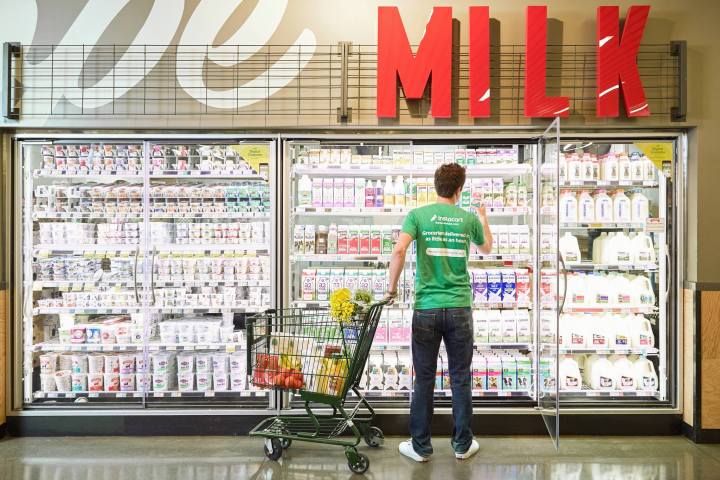
Although the lawsuit will result in the multi-million dollar payout, with more than 31,000 Instacart contractors named as “class member” plaintiffs in the suit (thanks TechCrunch) it will not result in much of a payout for any one class member. The most any individual can hope for is $5,000, though that amount will only go to a few specifically named people. Most can expect between $500 and $1,000.
Those challenging Instacart may not have have been as interested in monetary compensation as in forcing Instacart’s hand when it comes to policies and terms of service. Many of the problems raised by the plaintiffs in the suit related to the way Instacart worded its service fees, which many customers incorrectly assumed were a tip (thanks Recode).
Tips were a major focus of the suit, in fact. Overall, contractors claimed as many as 18 concerns with the way Instacart handles them and the way it deals with reimbursing them for expenses. The settlement will also require Instacart to implement a policy for how workers could be effectively fired from the company and how aggrieved contractors might be able to pursue disputes.
That may end up being the most impactful part of the suit for Instacart, too. The $4.6 million settlement by itself will not stretch its finances much, considering its recent $400 million round of investment funding and its current estimated value of more than $3 billion.
That said, this suit comes at a time where other companies like Uber and Lyft have also settled class action suits brought against them by workers. Because these firms rely on contractors and freelancers to carry out much of their workload, improved rights and a better understanding of how they should be treated, could have far-reaching implications at many similar companies.



